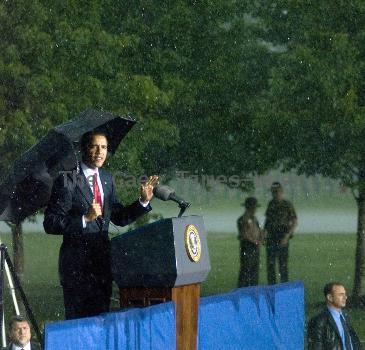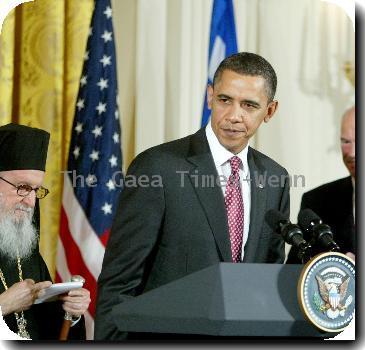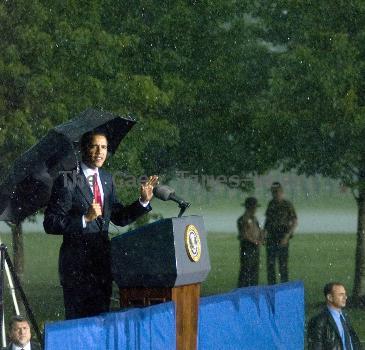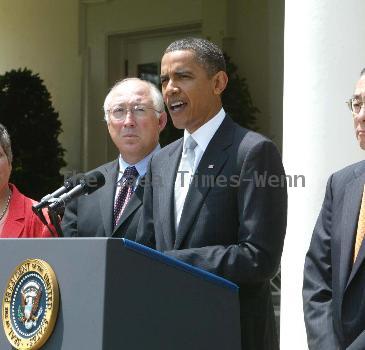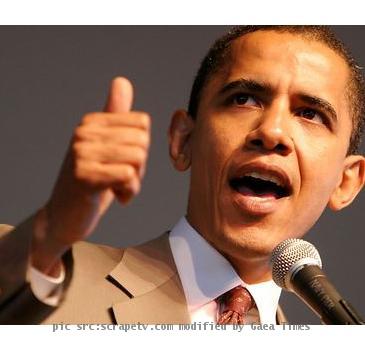Congressional report: US doesn’t effectively track funding _ or impact _ of Mexico drug aid
By Alexandra Olson, APTuesday, July 20, 2010
GAO report: Mexico drug aid needs better oversight
MEXICO CITY — The U.S. State Department has no effective way to measure the success of its billion-dollar program to help Mexico and Central America fight drug traffickers, a congressional report concludes.
Slow implementation of the program forced Mexico at least once to buy some equipment on its own while waiting for promised funds, according to the report from the Government Accountability Office, the investigative arm of Congress.
Nine percent of the $1.6 billion promised under the Merida Initiative from 2008 to 2010 has been spent, according to the report, which is scheduled to be discussed Wednesday in Washington at a hearing of the House Foreign Affairs Subcommittee on the Western Hemisphere.
The report said the State Department lacks adequate methods to determine if the initiative is making a difference in the drug war three years after then-President George W. Bush first launched it during a summit with Mexican President Felipe Calderon in the Yucatan Peninsula city of Merida.
“That’s silly,” said Rep. Eliot Engel, a Democrat from New York who commissioned the report along with Republican Rep. Connie Mack, of Florida. “We need to find a way of measuring success.”
Engel chairs the House subcommittee that will review the document.
State Department officials say they are working together with Mexico to better measure the program’s success.
The Merida Initiative provides equipment such as armored cars and helicopters and helps fund training for law-enforcement officials in Mexico and Central America.
It is one of the latest efforts to turn around what has for decades mostly been a losing battle: In May, The Associated Press reported that the U.S. has spent $1 trillion on the war on drugs over 40 years without meeting its goals of reducing drug trafficking, consumption and the violence that comes with it.
Despite intensifying U.S.-Mexico cooperation, the war south of the border has only gotten bloodier: Nearly 25,000 people have been killed in Mexico’s drug violence since Calderon deployed troops and federal police at the end of 2006 to fight the cartels in their strongholds.
President Barack Obama’s administration has promised a new strategy that focuses on drug-use prevention and treatment.
The focus of the Merida Initiative is also shifting away from high-priced helicopters and airplanes and toward reforming Mexico’s corrupt law enforcement, courts and other government institutions.
The Associated Press reported in May on the Merida Initiative delays and the bureaucratic reasons for them: The funds sit in three accounts, managed by more than a dozen federal agencies, each with unique budget rules. Sometimes letters of offer and letters of acceptance must be signed before checks are written. Other times, those making requests must submit spending plans spelling out strategy, goals, actions to be taken and anticipated results.
The GAO report detailed those problems and noted that the State Department is just now developing a single tracking system for Merida funds.
Susan Pittman, a spokeswoman for the State Department’s Bureau of International Narcotics and Law Enforcement Affairs, said the U.S. and Mexican governments are working together on better ways to measure the initiative’s success. She said the State Department will also follow the report’s recommendations to develop timelines for delivery of equipment and funding.
“We concur with the GAO’s main findings and conclusions,” she said.
One of the ways the State Department measures Merida’s success is by tracking the number of Mexican law-enforcement officials trained, the report said. But the department fails to “measure the impact of the training,” it added.
That has mattered, according to the report: One U.S. official told congressional investigators that, after the U.S. spent $250,000 to train a group of Mexican investigators, the unit was disbanded.
With the money spent so far, Mexico has received vehicles, five helicopters, bullet-tracing devices, and lie-detector machines, according to budgets obtained by AP in May. About 5,000 federal police have taken investigation courses, and 550 prosecutors have had classes on forensics, interviewing and courtroom arguments.
Still pending is the delivery of five helicopters, several X-ray inspection units, airplanes, and funding for Mexican financial-intelligence units and other agencies, according to the GAO report.
The report said Mexican officials have expressed the need for timeframes for deliveries. Once, the Mexican government bought equipment on its own for investigating money laundering because it could not wait any longer for the Merida funds, the report said.
State Department officials argue that spending levels are not an accurate indicator of how quickly Merida is being implemented. Some funds are not considered spent until a program is completed, including the training programs for law-enforcement officials, the department notes.
The GAO report said the pace of delivery has recently improved after the State Department addressed problems including inadequate staffing. In 2007, there were three people dedicated to the Merida Initiative at the Washington offices of the International Narcotics bureau. That number is expected to reach 18 by the end of this year.
“I commend President Obama and Secretary (of State Hillary Rodham) Clinton for cutting through our government’s red tape to get the Merida Initiative moving,” Engel said.
Tags: Barack Obama, Central America, Drug-related Crime, Latin America And Caribbean, Mexico, Mexico City, Municipal Governments, North America, United States
